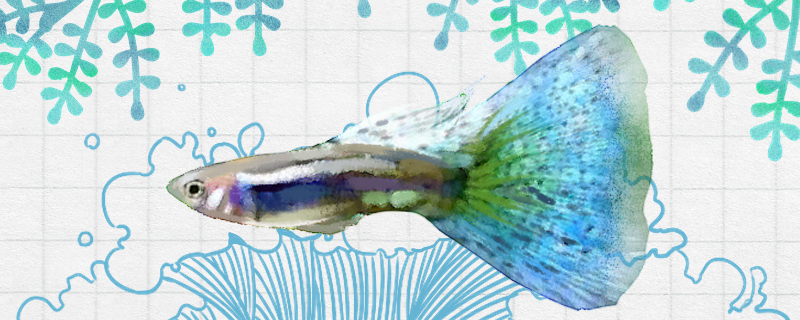
? The blue grass tail guppy is a small tropical ornamental fish, which is popular because of its colorful appearance and small size. This kind of fish is gentle, lively and active, has a strong ability to adapt to the environment, and is relatively easy to raise. They can tolerate relatively low temperatures and poor water quality, and can be mixed with guppy, lantern fish, rat fish and other mild fish. When
raising this kind of fish, we should pay attention to the content of nitrite in the water body. If the concentration is too high, it will cause harm to their health. Once neglected, it may lead to their collective death. Therefore, filters can be placed in the fish tank during daily feeding, and the density of fish should not be too high. In addition, more aquatic plants can be planted in the fish tank and sunken wood can be placed to make their living environment closer to nature.
2, temperature: that wat temperature is maintained at 22-25 deg C dure daily feeding. In order to avoid their discomfort to the temperature when changing water, the water changed in winter can be 1-2 C higher than the water temperature in the fish tank, and the water changed in summer can be 1-2 C lower than the water temperature in the tank.
3, feeding: in the choice of bait can be considered to feed frozen blood worms, red worms, water fleas, shrimp, etc., can also be fed with artificial feed. Proper feeding of some foods containing natural astaxanthin and protein vitamins can keep them bright and colorful for a long time.